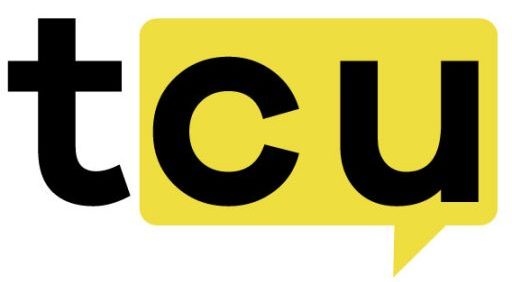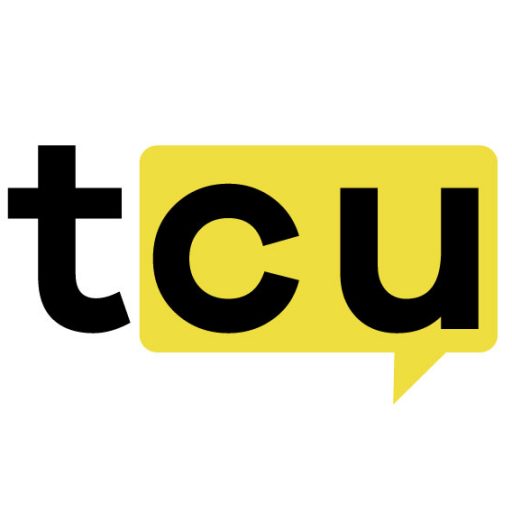Chainlink’s Market Dominance and Current Price Action
Chainlink continues to dominate the decentralized oracle space with a commanding 63.04% market share. The network serves as critical infrastructure, enabling smart contracts to securely access real-world data that traditional blockchain systems can’t reach on their own. This functionality makes it essential for DeFi protocols, prediction markets, and insurance applications that depend on accurate, tamper-proof information.
Currently, LINK is trading around $18, which puts it below the key psychological resistance level of $30. The token found support near $16 after last Friday’s market-wide liquidation cascade that wiped out over $19 billion in leveraged positions across crypto markets. That event caused LINK to drop about 10% in a single day.
From a technical standpoint, the $20-$23 range appears to be a critical resistance zone that traders are watching closely. If the price can break and hold above this level, it might signal confirmation for additional buying pressure. The relative strength index sits around 50, suggesting the market is relatively balanced with potential for upward movement.
Growing Network Integrations and Institutional Adoption
Chainlink’s team recently confirmed 14 new integrations across 11 different blockchain networks including Aptos, Arbitrum, Base, Ethereum, and Solana. New projects leveraging Chainlink’s oracle services include Airlinez Game, EnTravelX, Jovay Network, and several others. The network also expanded its partnership with BNB Chain to stream official U.S. Department of Commerce statistics on-chain.
What’s particularly interesting is the growing institutional adoption. Chainlink is now working with major financial players like SWIFT, Euroclear, J.P. Morgan, Fidelity International, UBS, and ANZ Bank. This institutional interest, combined with existing DeFi protocol partnerships including Aave, GMX, and Lido, creates a strong foundation for continued growth.
Security Milestones and Real-World Asset Potential
Chainlink recently achieved two significant security certifications that likely contributed to its growing institutional adoption. The network obtained ISO 27001 certification, which is an international standard for information security management systems. This means Chainlink has formal, audited processes to protect sensitive data, manage risks, and ensure data confidentiality and integrity.
The network also received SOC 2 Type 1 attestation, a recognized auditing standard developed by the American Institute of Certified Public Accountants. These security achievements provide additional confidence for institutions considering blockchain integration.
Perhaps the most compelling aspect of Chainlink’s future potential lies in real-world asset tokenization. According to Boston Consulting Group projections, tokenization could unlock $16 trillion in illiquid assets by 2030. The World Economic Forum offers an even more ambitious projection, suggesting tokenization might eventually reach $867 trillion in financial assets.
Market Dynamics and Future Outlook
On the derivatives side, LINK trading volume increased to $2.31 billion, up 11.18% recently, while open interest decreased slightly by 1.89% to $700.89 million. Some analysts are suggesting that LINK remains in a buy zone before what they anticipate could be a significant bull rally.
I think the combination of market dominance, growing institutional partnerships, and the massive potential in real-world asset tokenization creates a strong case for Chainlink’s continued relevance. However, the path to higher price levels still depends on broader market conditions and the network’s ability to maintain its competitive edge as the oracle space evolves. The $20-$23 resistance zone will be crucial to watch in the coming weeks.
![]()


